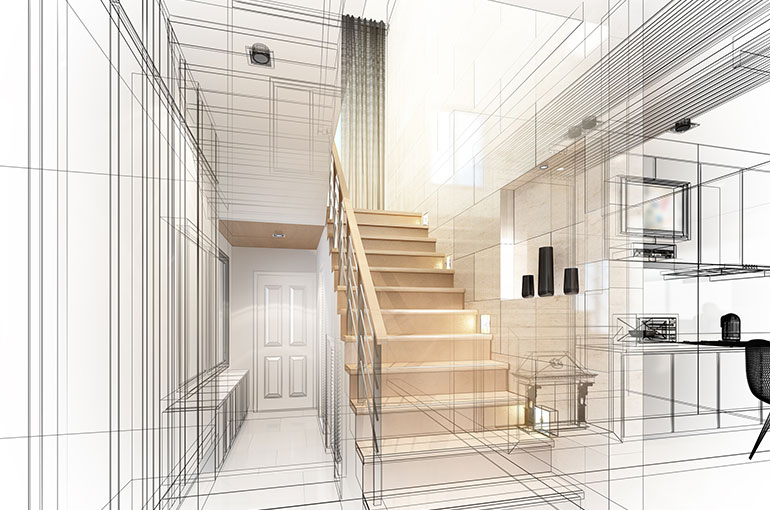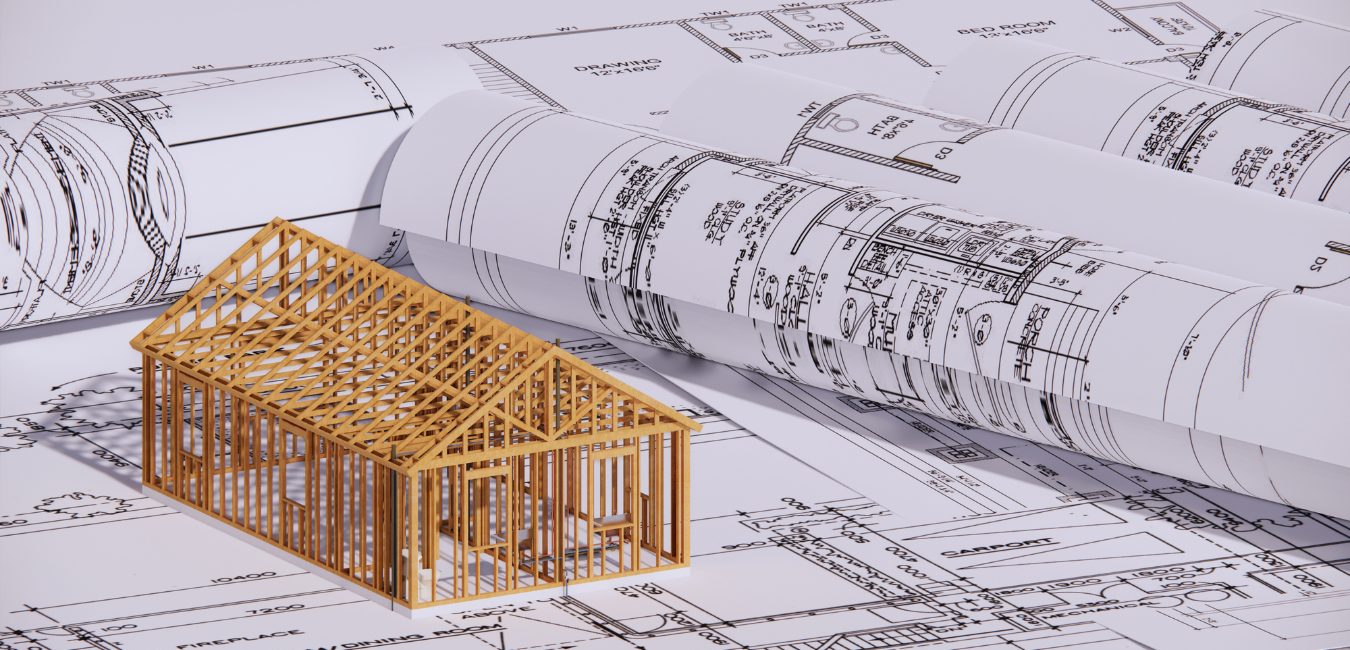The Creative Refine Behind Effective Jobs from CDA Architects
Understanding the Collaborative Process Between Engineers and Engineers in Modern Construction Projects
The collaborative process between designers and designers is essential in modern-day building jobs, as it integrates design intent with engineering expediency. This partnership not just affects the visual and practical facets of a project but additionally plays a critical duty in resolving sustainability obstacles. By employing efficient interaction strategies and leveraging sophisticated innovations, such as Structure Information Modeling (BIM), teams can function extra cohesively. However, the complexities of this partnership usually existing unique difficulties that can hinder development. Checking out these characteristics reveals understandings that might significantly influence task results and general sector standards. cda architects.
The Importance of Partnership
The joint synergy between engineers and designers is crucial for the effective awareness of any kind of building task. This partnership combines distinctive experience and point of views, enabling the integration of cutting-edge layout with functional design services. By functioning together, designers and designers can make sure that a task not just meets aesthetic and functional requirements yet also complies with security, sustainability, and monetary restrictions.
Collaboration promotes a shared vision, assisting in the positioning of objectives and expectations from the start. This placement is important in dealing with possible obstacles and mitigating risks that can occur during the project lifecycle. Furthermore, a collective method allows for the reliable allowance of sources, optimizing both time and expense.
The value of cooperation extends to the iterative procedure of style and building and construction, where comments from designers can educate architectural choices, leading to even more possible and sustainable designs. Alternatively, designers can influence designers to assume artistically concerning how to achieve structural stability without jeopardizing artistic intent. Ultimately, the collaborative relationship in between architects and designers is not merely valuable; it is fundamental to the development of high-quality, practical, and innovative built atmospheres that meet the needs of culture.
Interaction Techniques and Tools
Reliable communication strategies and tools are vital for promoting cooperation between designers and engineers throughout the task lifecycle. Developing clear networks of interaction is necessary to make sure that all staff member are lined up with project objectives, timelines, and obligations. Regular meetings, both in-person and digital, offer chances for stakeholders to discuss progression, address worries, and make educated choices.

In addition, adopting joint interaction tools, such as Slack or Microsoft Teams, permits immediate messaging, file sharing, and continuous conversations, promoting a much more active response to emerging concerns. Document administration systems additionally play an important function in organizing project paperwork, ensuring that all team members have access to the current details.
Shared Objectives and Task Vision
A linked job vision serves as the foundation for successful partnership in between architects and engineers (cda architects). This shared vision not only lines up the initiatives of both events however additionally develops a common structure for decision-making throughout the job's lifecycle. By expressing clear goals, stakeholders can properly navigate the intricacies of modern building jobs, making sure that both aesthetic and functional needs are met
Developing common goals involves open dialogue and a complete understanding of each self-control's payments. Engineers commonly concentrate on layout intent, spatial partnerships, and customer experience, while designers highlight architectural stability, systems capability, and conformity with laws. When these point of views are lined up, the result is a natural project that follows both imaginative goals and technological expediency.
In addition, a well-defined task vision cultivates accountability amongst staff member, motivating each participant to take possession of their function in accomplishing the preferred result. Normal check-ins and collective workshops can even more strengthen this commitment, enabling modifications to be made as the task article develops. Eventually, a common vision not only boosts teamwork but likewise raises the top quality of the last deliverable, leading to effective job conclusion.
The Function of Technology
Leveraging technology has actually ended up being important in enhancing partnership in between designers and designers. Structure Information Modeling (BIM) stands out as a critical innovation, enabling both designers and designers to create in-depth 3D versions that encapsulate design intent and structural honesty.
Additionally, cloud-based platforms enable smooth partnership, permitting job stakeholders to accessibility and update job data from anywhere. This fosters a culture of openness and liability, as adjustments can be tracked and examined in real-time. Furthermore, mobile applications additional enhance interaction, providing on-site groups with immediate access to task specs and updates.
Emerging modern technologies such as expert system and machine knowing are likewise beginning to play a role in predictive evaluation, assisting groups determine prospective concerns before they occur. Inevitably, the duty of technology in architecture-engineering collaboration not just enhances process effectiveness however likewise enhances development, causing even more successful task outcomes. By welcoming these technological improvements, architects and engineers can ensure a more natural and efficient collaborative process throughout the building lifecycle.
Case Researches in Effective Collaborations
Various instance studies highlight the extensive impact of reliable collaborations between designers and engineers on project results. One remarkable instance is the cooperation on the High Line in New York City, where landscape designers, designers, and metropolitan coordinators interacted to transform a deserted rail line into a dynamic public park. This multidisciplinary technique not only enhanced the visual quality yet also made certain structural safety and security and ecological sustainability.

The Burj Look At This Khalifa in Dubai even more shows the value of collaborative efforts - cda architects. The integration of architecture and design competence made it possible for the project group to achieve extraordinary elevations while adhering to security guidelines and aesthetic vision
These examples emphasize the relevance of communication, count on, and shared purposes. In today's complex index building environment, such collaborations are vital to navigating challenges and providing tasks that fulfill both practical and visionary objectives.
Conclusion
In verdict, the partnership between designers and engineers is vital for the success of contemporary building jobs. Efficient interaction methods, a common project vision, and the integration of advanced modern technologies are essential elements that facilitate this partnership.